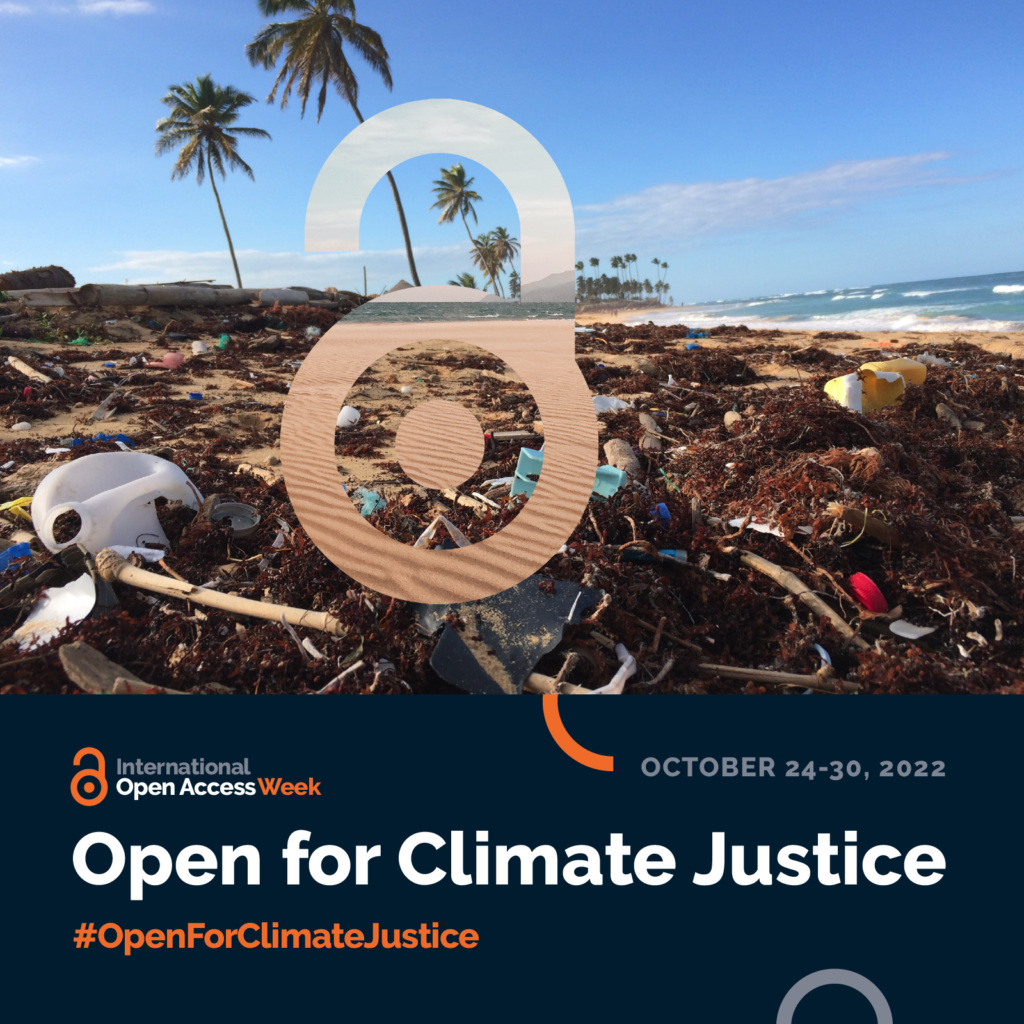
International open access week is a time to focus on sharing information and knowledge across disciplines and geographic boundaries. Yet it is also a time to think very concretely about the waste that is produced by the millions of textbooks that are produced each year and then tossed in landfills.
Open Access titles allow students and faculty to view and download textbooks online for free. This not only saves the students money, it also saves the environment.
You may ask why textbooks are not resold or donated once a student or faculty member is done with them. It is actually not that easy to donate used textbooks. Each time a textbook comes out with a new edition the old edition is no longer wanted. Textbooks come out with new editions all the time. Many organizations, schools and libraries do not want old and used textbooks. This is a problem.
According to Waste360, an online magazine, “about 320 million books are thrown away each year.” The magazine also says that textbooks are especially difficult to recycle because of the binding and glue that is used. It is nearly impossible to figure out how many books, let alone how many textbooks are tossed in landfills or “pulped into a milky slurry.” Yet in 2009, it was estimated that 30-40 % of the books produced were returned to the publisher. It is estimated “that at least 2 billion books are published each year in the U.S.” That means that about 800 million books go to waste each year.
Regardless of the exact number, a great deal of energy goes into the publishing, transporting and distributing of books before those books even have a possibility of being sold. Then there is the number of trees that are used in order to create the paper that is used for the manufacturing of these books or textbooks.
If we want to focus on climate justice we need to think more deeply about the production of knowledge, not just as a product of content, but also as a commodity. Is producing textbooks in paper form a sustainable model? Do expensive textbooks give everybody access to the information contained within these books and what happens once that textbook is no longer needed or wanted?
